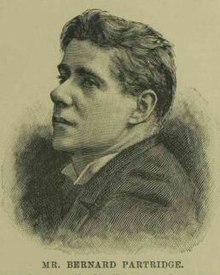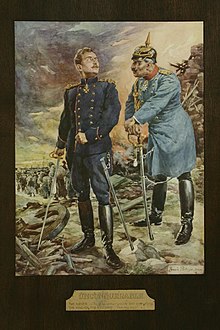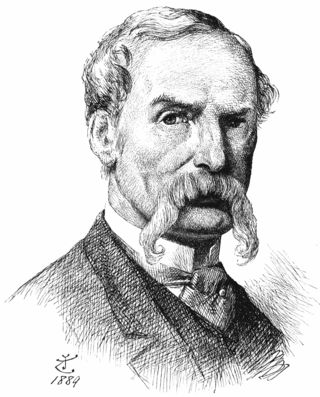
Sir John Tenniel was an English illustrator, graphic humourist and political cartoonist prominent in the second half of the 19th century. An alumnus of the Royal Academy of Arts in London, he was knighted for artistic achievements in 1893, the first such honour ever bestowed on an illustrator or cartoonist.

Punch, or The London Charivari was a British weekly magazine of humour and satire established in 1841 by Henry Mayhew and wood-engraver Ebenezer Landells. Historically, it was most influential in the 1840s and 1850s, when it helped to coin the term "cartoon" in its modern sense as a humorous illustration. Artists at Punch included John Tenniel who, from 1850, was the chief cartoon artist at the magazine for over 50 years. The editors took the anarchic puppet Mr Punch, of Punch and Judy, as their mascot—the character appears in many magazine covers—with the character also an inspiration for the magazine's name.
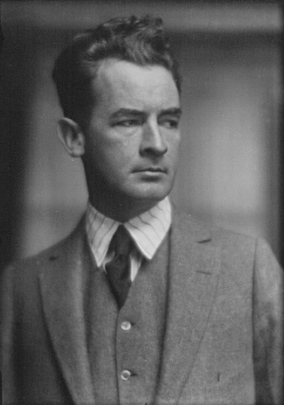
James Montgomery Flagg was an American artist, comics artist, and illustrator. He worked in media ranging from fine art painting to cartooning, but is best remembered for his political posters, particularly his 1917 poster of Uncle Sam created for United States Army recruitment during World War I.

An illustration is a decoration, interpretation, or visual explanation of a text, concept, or process, designed for integration in print and digitally published media, such as posters, flyers, magazines, books, teaching materials, animations, video games and films. An illustration is typically created by an illustrator. Digital illustrations are often used to make websites and apps more user-friendly, such as the use of emojis to accompany digital type. Illustration also means providing an example; either in writing or in picture form.

Charles Edmund Brock was a widely published English painter, line artist and book illustrator, who signed most of his work C. E. Brock. He was the eldest of four artist brothers, including Henry Matthew Brock, also an illustrator.
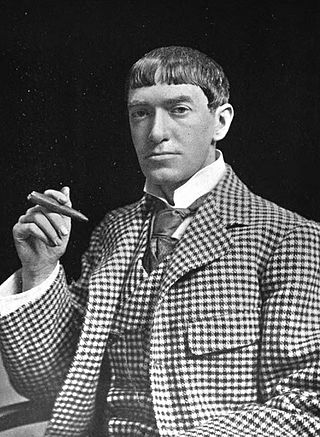
Philip William May was an English caricaturist who, with his vigorous economy of line, played an important role in moving away from Victorian styles of illustration towards the creation of the modern humorous cartoon.

Edward George Dyson was an Australian journalist, poet, playwright and short story writer. He was the elder brother of illustrators Will Dyson (1880–1938) and Ambrose Dyson (1876–1913), with three sisters also of artistic and literary praise.

Ruby Lindsay was an Australian illustrator and painter, sister of Norman Lindsay and Percy Lindsay.

Leonard Raven-Hill was an English artist, illustrator and cartoonist.
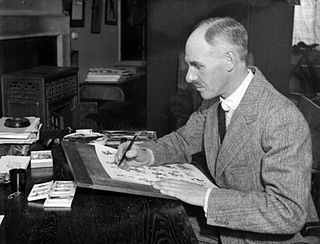
Henry Mayo Bateman was a British humorous artist and cartoonist.
Harry Rountree was a prolific illustrator working in England around the turn of the 20th century. Born in Auckland, New Zealand, he moved to London in 1901, when he was 23 years old.

Frederick Henry Townsend was a British illustrator, cartoonist and art editor of Punch.

Henry Matthew Brock was a British illustrator and landscape painter of the late nineteenth and early twentieth century. He was one of four artist brothers, all of them illustrators, who worked together in their family studio in Cambridge.

Alfred Pearse, also known as A Patriot, was an English artist, author, campaigner and inventor.

Esther Paterson Gill was an Australian artist, book-illustrator and cartoonist.

Luther Daniels Bradley was an American illustrator and political cartoonist associated with the Chicago Daily News. Born in New Haven, Connecticut, he graduated from Yale University in 1875. After some years at his father's business, he traveled abroad, and spent over a decade in Melbourne, Australia, drawing for such publications as Melbourne Punch. He returned to Chicago in 1893, working for the Daily Journal and Inter Ocean, before joining the Daily News in 1899, where he spent the remainder of his life and career. He was known for strong anti-war sentiments, opposing U.S. involvement in World War I.
Percy Venner Bradshaw, who often signed PVB, was a British illustrator who also created the Press Art School, a correspondence course for drawing.
Isobel Dorothy Joyce Dennys was an English cartoonist, illustrator and painter. She worked for the Voluntary Aid Detachment during the First World War and designed and created recruitment posters for both it and the Women's Royal Naval Service. Dennys spent 1919 and 1921 working in Australia before returning to England in 1921. She contributed humorous illustrations in the form of sketches and strip cartoons to journals and illustrated a series of books. Dennys also published plays catered primarily for amateurs and provided the cover illustrations to many of them. She took up oil painting at age 70 and she authored her autobiography in 1983. Examples of her oil paintings are held by three museums and a blue plaque has been installed at her Budleigh Salterton home since April 2015 to commemorate her life. A play adapted from Joyce Dennys’s books ‘Henrietta’s War’ and ‘Henrietta Sees It Through’ was created by Lorraine Morley and had its first public preview in Cambridge, England in May 2024. It premieres at the ADC Corpus Playroom in Cambridge in July 2024.

George Henry Dancey was an Australian artist, known for cartoons and caricatures, particularly for the Melbourne Punch, second only to Tom Carrington in his time with that paper.
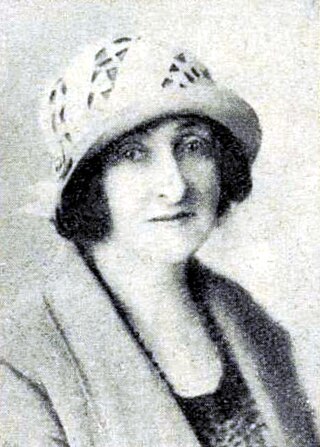
Ethel Gertrude Hart was an Australian children's novelist, short story writer and poet. With Bernard Cronin, she founded the Old Derelicts' Club in 1920 which later became the Society of Australian Authors.
